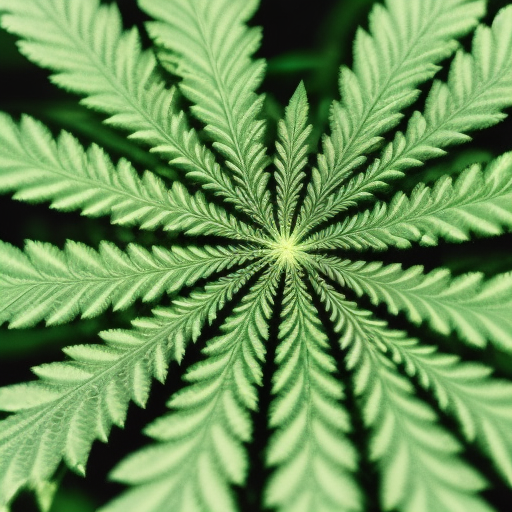
What are the most effective intake routes for cannabinoid bioavailability? This article will explore the various methods of cannabis intake and discuss the factors that impact your body’s absorption of cannabinoids.
Cannabis is a powerful plant with therapeutic, medicinal, and recreational uses. Whether you want to relax, reduce anxiety, or manage pain, different intake methods can produce different effects. To understand why, we need to take a look at how cannabis is absorbed in the human body and what determines its bioavailability.
Bioavailability is defined as the fraction of a drug or other substance that enters the circulation when introduced into the body and so is able to have an active effect. The route of administration – or intake method – influences how much of the active components reach their targeted tissue and get absorbed into your system.
The most common intake routes for medical and recreational use are inhalation (smoking or vaping), oral consumption (ingesting it) and topical application (applying it directly onto skin). Each has its own benefit when it comes to cannabinoid absorption.
Inhalation route: The inhalation route is considered to be the fastest method for delivering cannabinoids into your system because it produces a quick onset effect. When smoking cannabis, cannabinoids travel through the lungs where they are rapidly absorbed into the bloodstream, reaching peak concentrations within minutes. For those who have difficulty ingesting cannabis orally due to digestive issues or poor appetite, inhalation may be the ideal option for rapid relief from symptoms. The bioavailability of inhaled cannabinoids is estimated to range from 10-35%.
Oral route: The oral route involves ingesting edibles such as cannabis-infused food products like brownies or gummies. Although this method takes longer than inhalation to produce desired effects, it can offer more sustained relief over a longer period of time. Cannabinoids enter the bloodstream through digestion and first pass through the liver before reaching their target tissue. This process slows down absorption but increases its overall bioavailability to between 4-20%.
Topical route: The topical route involves applying lotions, creams, and oils directly onto your skin which allow cannabinoids to penetrate through your epidermis and dermis layers into your bloodstream. This method offers localized relief for specific areas on your body where you are experiencing pain or inflammation without producing psychoactive effects because cannabinoids do not enter your central nervous system when applied topically. Bioavailability for this method varies greatly depending on factors such as product type and concentration but typically ranges from 0-4%.
Overall, there is no one “best” way to consume cannabis as each individual will respond differently depending on their own physiology and endocannabinoid system sensitivity level. However, understanding how each method affects bioavailability can help you make an informed decision when considering which option might provide you with maximum benefit based on your desired outcome.

